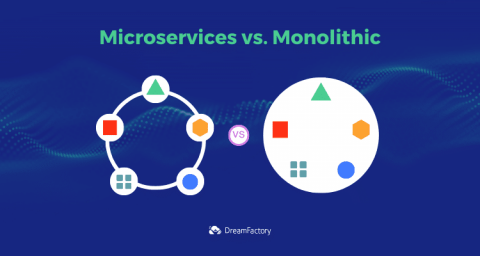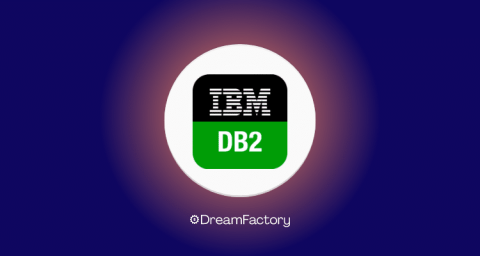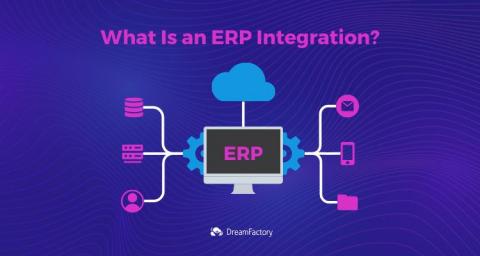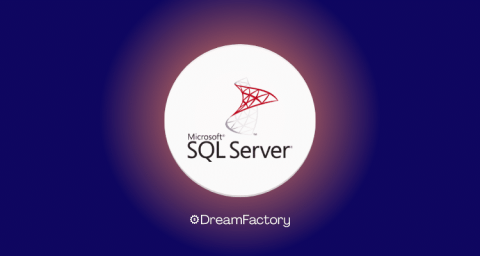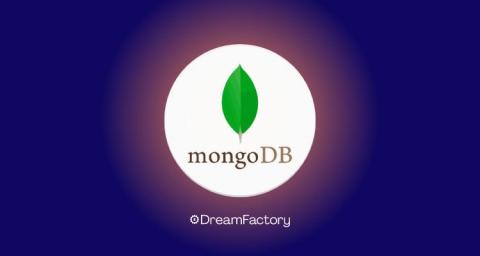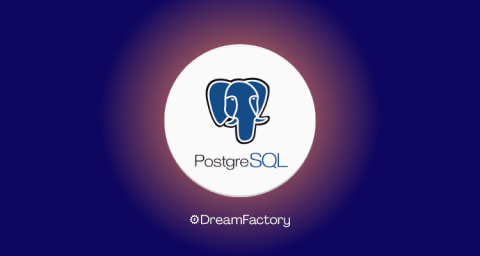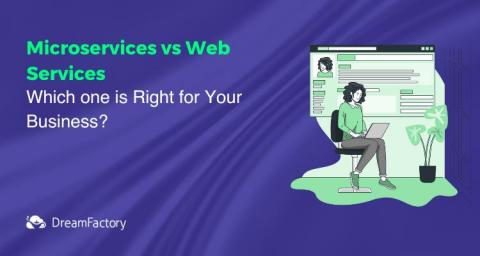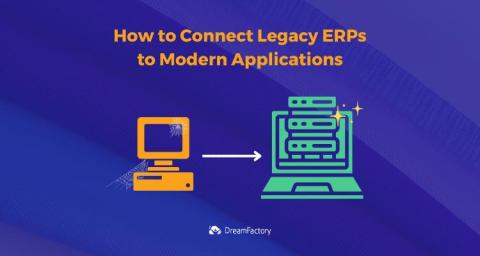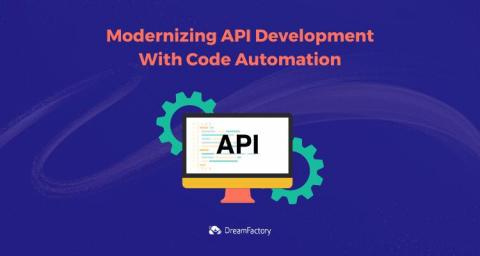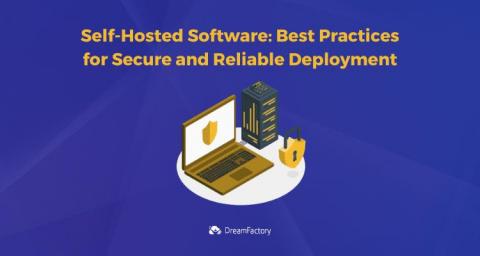Microservices vs. Monolithic | Choose the Right Architecture
It is important, more now than ever, to understand the different architectural approaches available to build robust and scalable systems. Two popular concepts that often find themselves at odds are Microservices vs. Monolithic architectures. These approaches offer distinct advantages and trade-offs, making it important to compare them and determine which one suits your organization’s specific needs.


